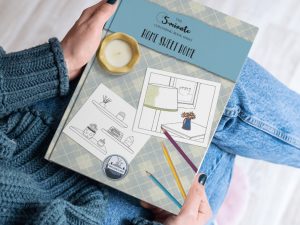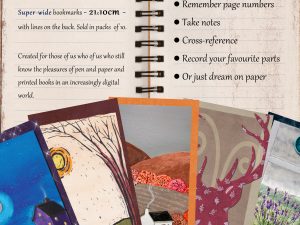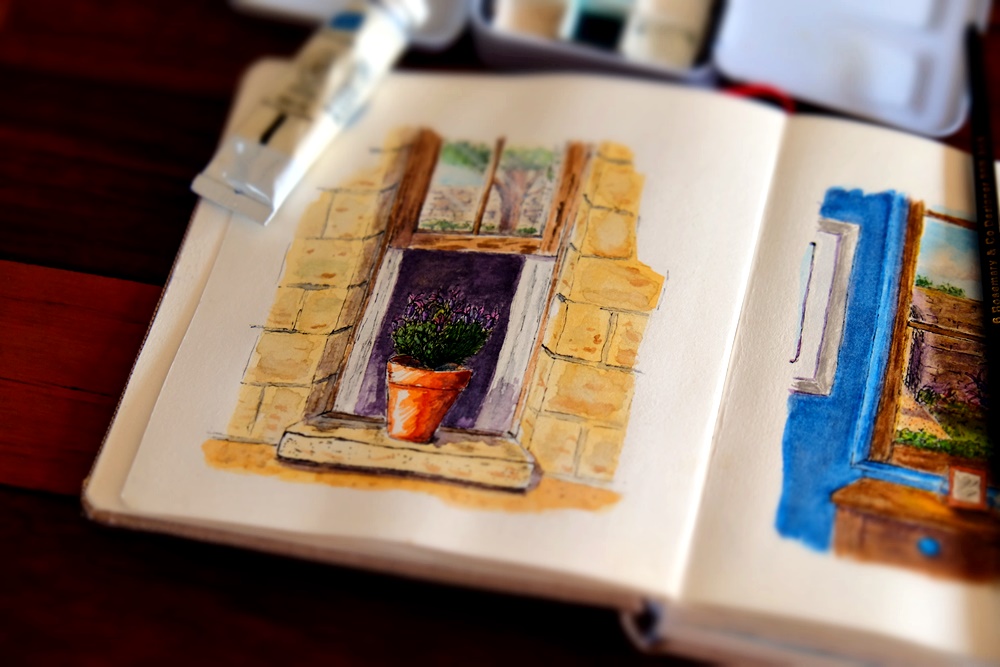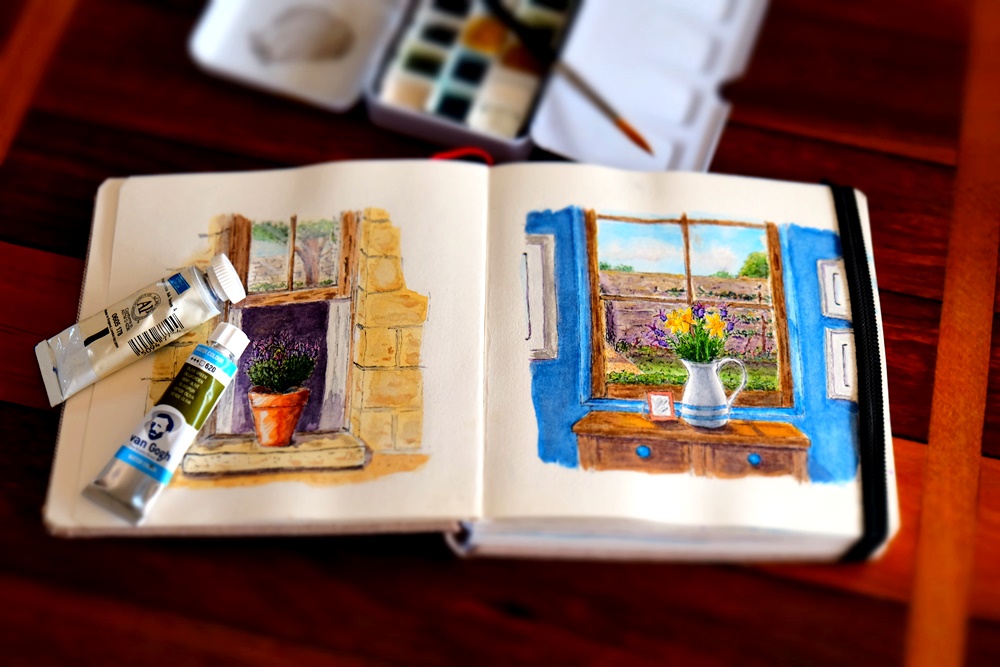7 Steps to Plotting Your Novel
These steps were originally in the blog post, “Plotting: Is it better to be a Planner or a Pantser?” I moved them here to make it easy to use as a reference and to shorten the other post. There is a bit more to say about planning, and I recommend you still read the post above if you haven’t already. There is no one right way to plan a novel. Below is just what I find works for me and you might have other ideas or tips. If you do, feel free to share them on the Comments Page.
Step 1. Write out full character sheets for each of your main characters. Mention everything: height, weight, eye colour, hair, determining characteristics, favourite foods, favourite music, political views, phobias, quirks … everything. Create a questionnaire, if you like, that you can use for each character.
Step 2. After writing out the characters sheets, start penning ideas of how that character interacts with the plot, moves the plot, or how the plot moves them, and what you want the audience to know about them by the end … secrets, habits, how they affect the main character, why they are important to the novel etc.
Step 3. Get yourself some palm cards or small filing cards. On those cards, write down everything that is going to happen, everything to be revealed, every interaction, every character issue you want to bring out. Stick with one fact per card. Write out as much as you know so far. No idea is too small or too big. There will be plenty you fill in as you write, but for now, write down everything that must happen or must be revealed. Scribble it all down and create a huge mess of cards as you go. Can’t remember if you wrote it down already? Fill it out again. Think this character issue kind of crosses over or repeats something you wrote about the plot? Write it down anyway. Collections and patterns will start to emerge, and this will help you with step four.
Step 4. Get yourself a few sheets of cardboard, or a whiteboard, or find a blank wall. Whatever it is, make sure you can leave it up for a few weeks or months if you need to, so don’t choose your bedspread for instance. On palm cards, write headings Chapters 1 through to 10, adding more as you need it. Then blu tack or lightly tape with removable tape the cards going across the top of the rectangle thus creating columns. Make sure you leave space under each heading for the size of your cards. Take your cards and blu tack them to the surface/cardboard, shuffling and reorganising as you go. This may take a few days or even a few weeks. Add in what you notice is missing, or write down ideas for a plot that seem to reveal themselves when you think of things. For instance: “In order to reveal [Character X’s] personality and secret, it would be great if in the plot, [this thing] happened to expose it.” Slap them under their chapter headings at this stage and don’t worry about the order. You’re just looking for things that logically go together or things that logically have to come before other things.
Step 5. Now you order those cards into what is the most logical sequence for that chapter. If a character dies at the end of chapter 6, then a conversation in that chapter where that character is speaking, naturally comes at the beginning. So reorder as best you can without being too stressed about it.
Step 6. Look at the whole board and look at each individual chapter. Revise. Rework. See if any chapter has too much and any chapter not enough. See if it is logical. Make sure you haven’t revealed anything too early in the plot. Make sure that even as you reveal things, mysteries and hooks remain to keep the reader reading. Make sure there are no holes or things needing to be explained or scenes that needed to be added to really put a reader ‘there’ and make them feel what you need them to feel. Shuffle as much as you need to. You don’t need to move whole columns to the right and left if that’s a whole lot of work. You can just add extra columns above or below or on a separate surface. This is where bits of cardboard are good, which is my preferred method, because I can always cut them up and slide extra bits of cardboard between if I need to add in columns.
Step 7. When it looks solid and it flows and you have a good frame on which to hang the plot (and a frame is all this is at this stage), write out the cards into your computer under their chapter headings, just as a linear Word document and in the order you have pinned them. And now you have your plan. Print and keep handy but I’m willing to bet, by this stage, you have the plot very clearly in your head and will rarely, if ever, refer to your document.
Optional. If you really struggle with writing palm cards, try a program like Writer’s Blocks. The science shows, however, that something different occurs in our thinking process and our memory when we write things out by hand, so if you can, do it the old-fashioned way, via pen and card, and even fill out your character sheets with pen and paper.





























